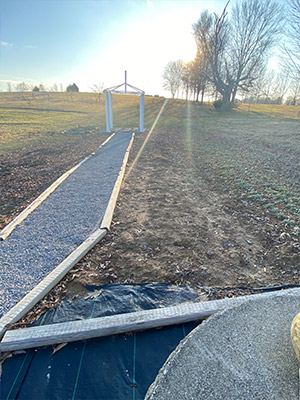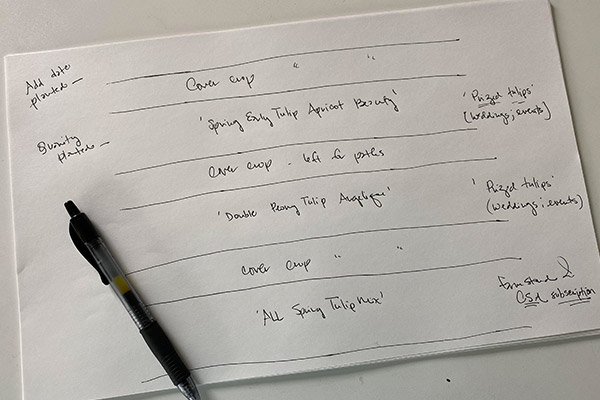Keeping a Journal Helps Ensure Success
You want a bountiful crop each season. One of the best ways to achieve this is by keeping a journal filled with adequate notes and records from one season to the next. If you haven’t been journaling, don’t feel discouraged. You can start today, my gardening friend, and begin reaping some of the benefits right away.

When choosing a journal, be picky. Invest in something you’ll want to open and use to make notes, draw sketches and otherwise plan. It’s also best to select a journal that opens with ease, lies flat and has room to add additional pages as the season progresses.
I love writing and drawing with a mechanical pencil. It’s less messy, and errors can be easily erased, minimizing the need to start over. Highlighters are beneficial, too, especially for marking notes you want to find quickly as you flip through your journal to compare information from one season with another.
There are three things you should always log at the beginning of your garden journal: hardiness zone, last frost date and first frost date. This information is invaluable and always good to have close for quick reference.
One of the first things I do in my journal is to insert photos of the beds, plots and spaces where I plan to garden. Things routinely change on a flower farm, from season to season and year to year, with crop rotations and new plants to try.
The photo below shows a sample of a few locations on my farm. Nothing will go where it was last year because I’ll be planting new varieties of flowers—and an abundance of dahlia bulbs!

The dahlias will go in a plot now covered with crimson clover, as seen in the photo below. To say that I’m anxious to get this area started is an understatement.

Here’s another important tip for your journal. Use it to log orders you’ve placed and to maintain contact information on companies you order from such as businesses that supply soil, seed, bulbs, perennials and other products you frequently purchase. Having easy access to email addresses and telephone numbers will save you time.

Each growing season is a lesson, and it teaches us by trial and error. It’s true that you can find lots of great information online, but nothing quite compares to experience.
In essence, journaling sows the seeds of an organized business. And you will surely reap the rewards—less stress and more energy for harvesting, designing floral arrangements that excite your customers, and otherwise performing all the labor of love that goes into a successful flower farm.
Happy Gardening!
-Pamela Anthony
Beehind Thyme Farm & Garden

